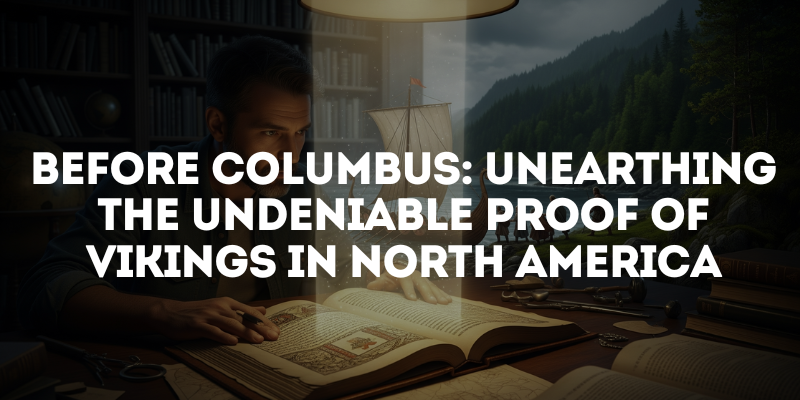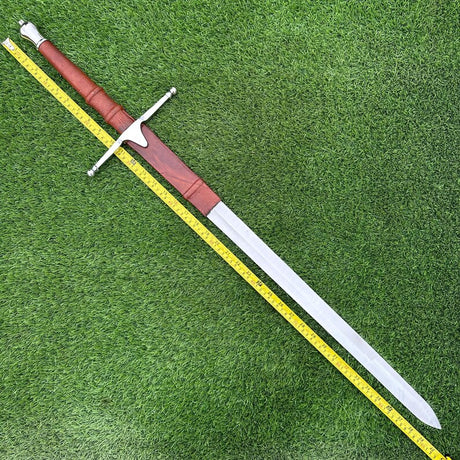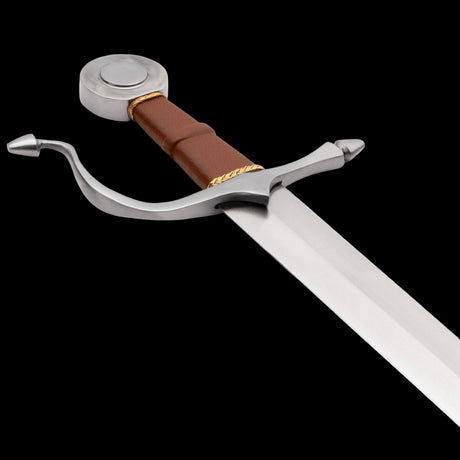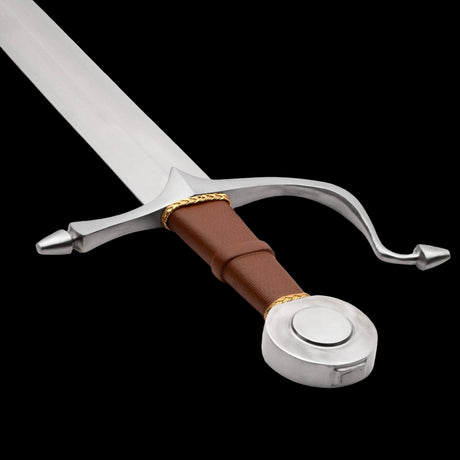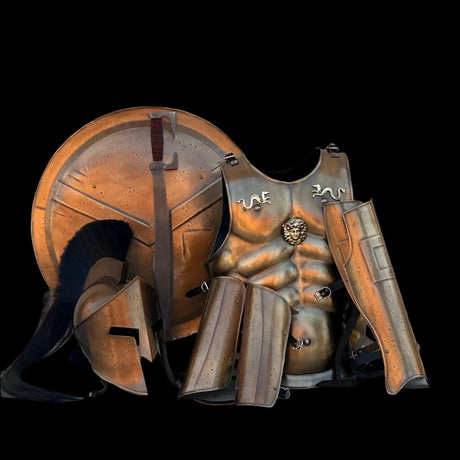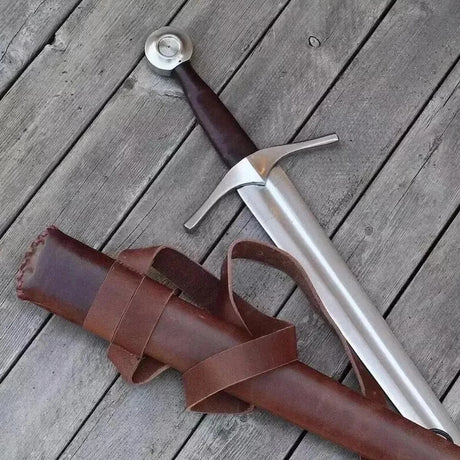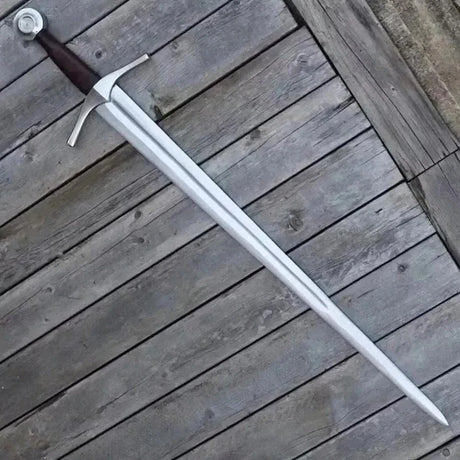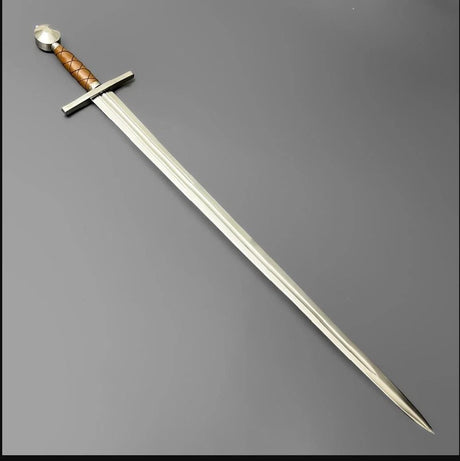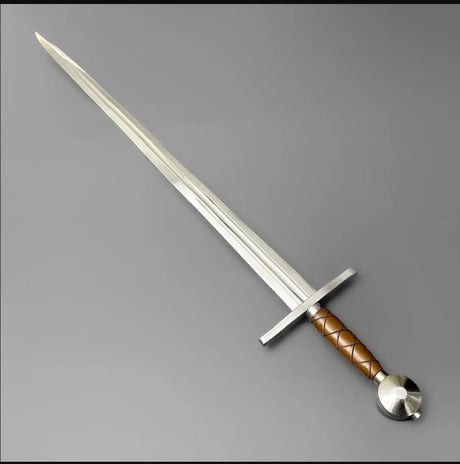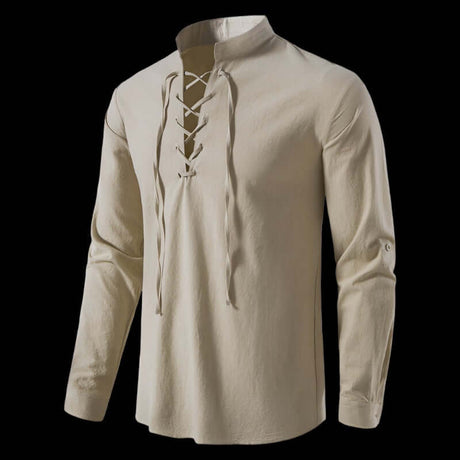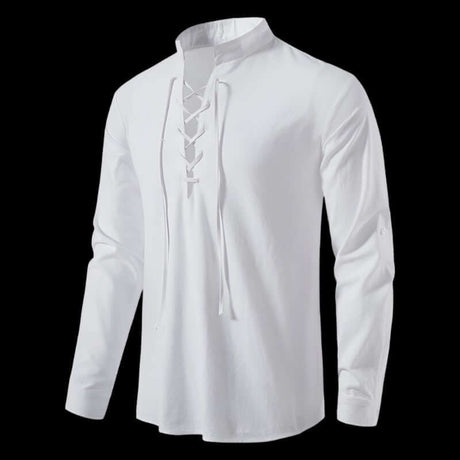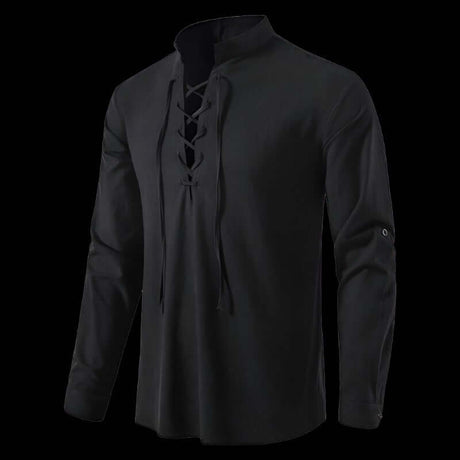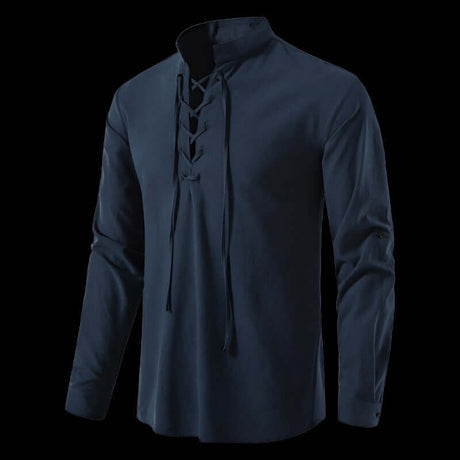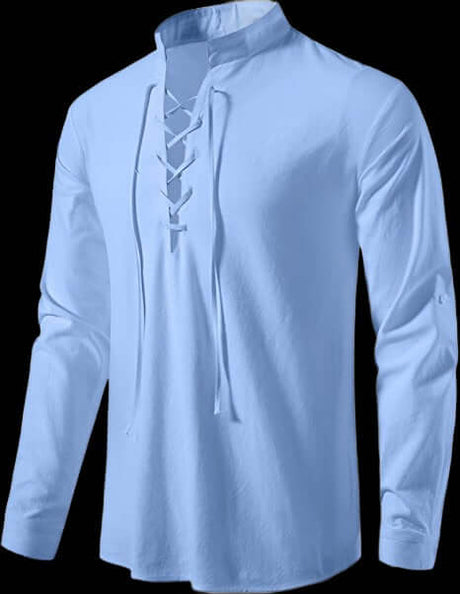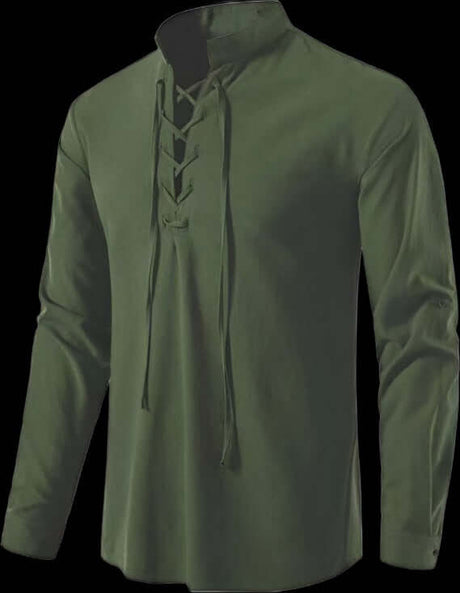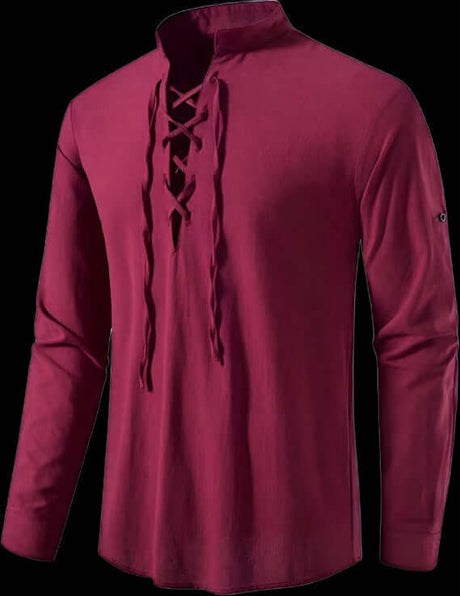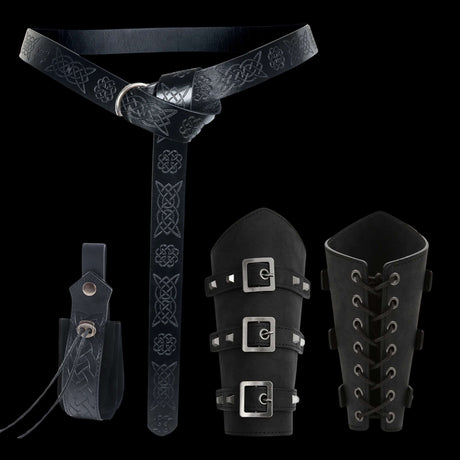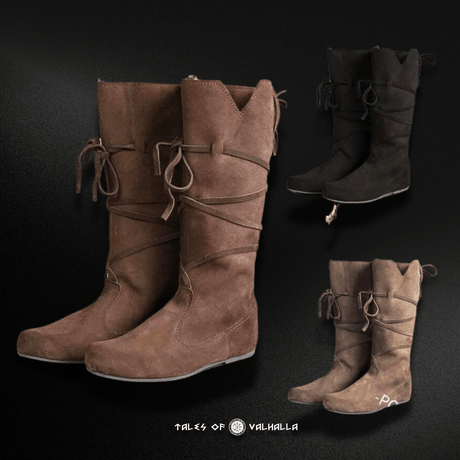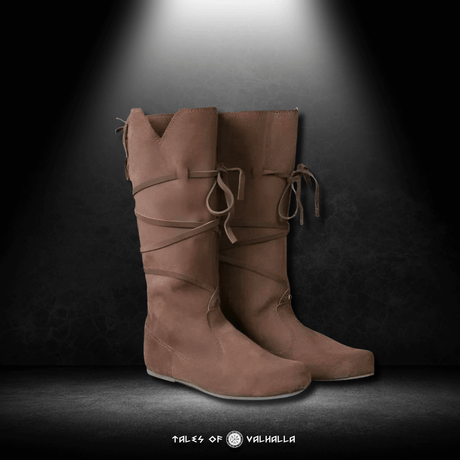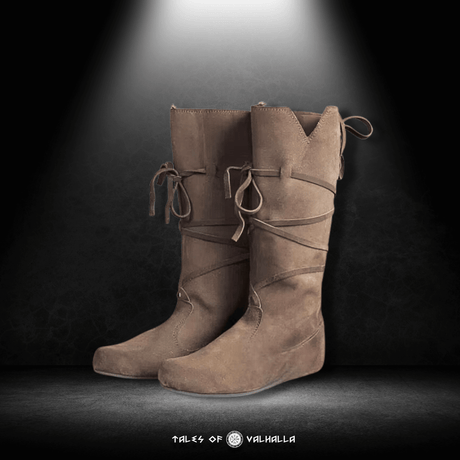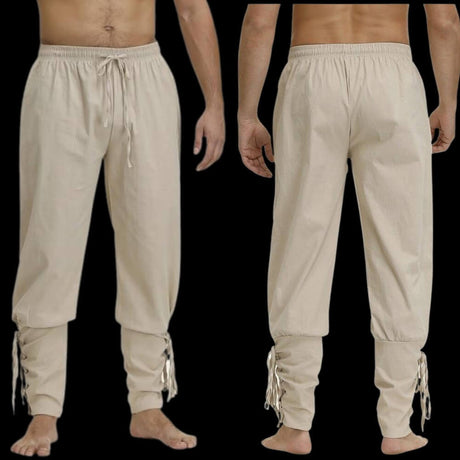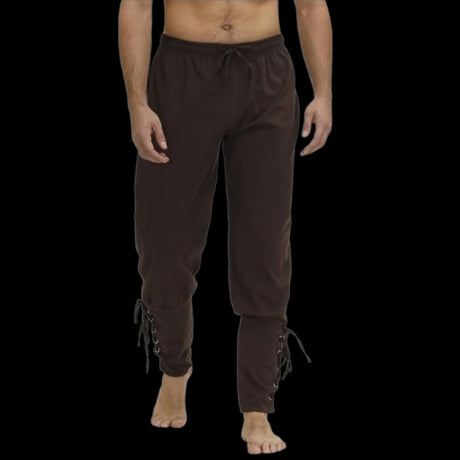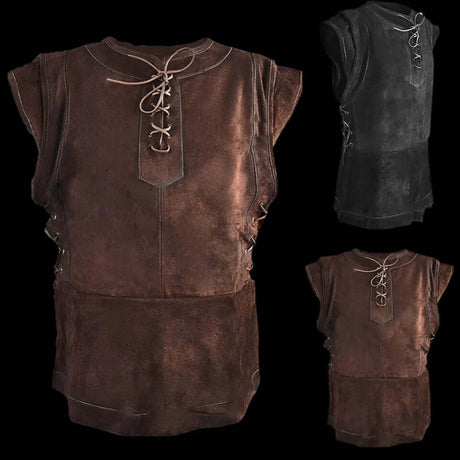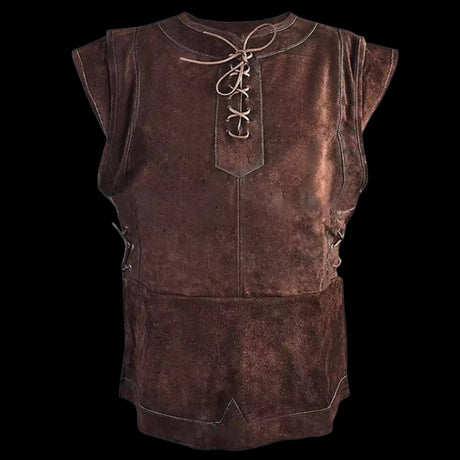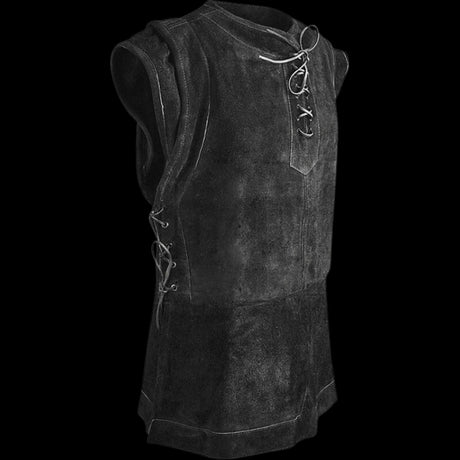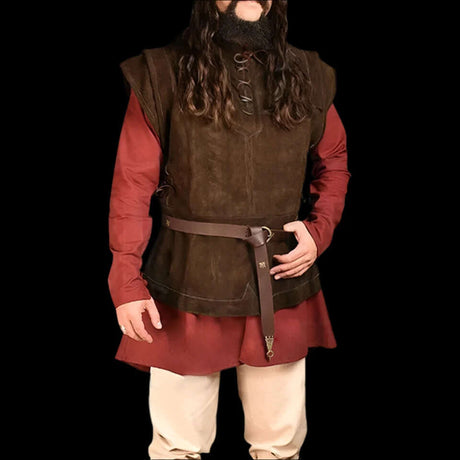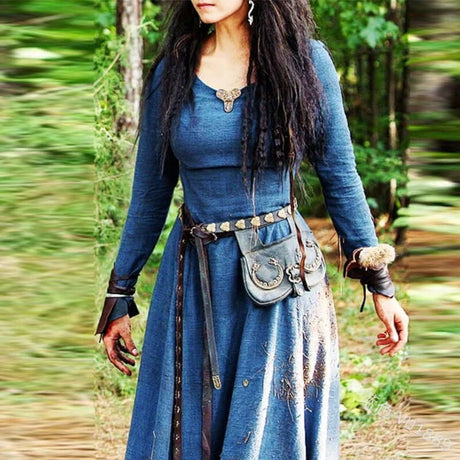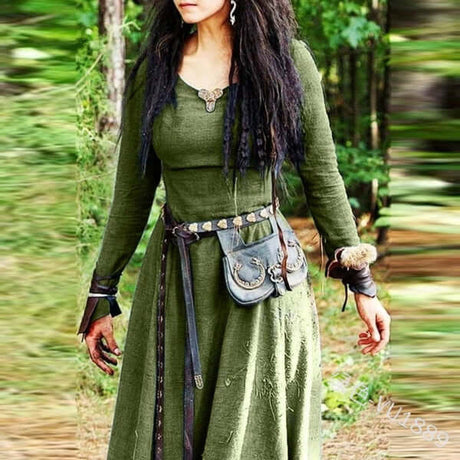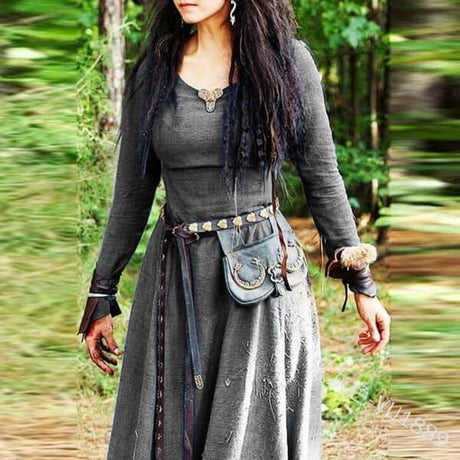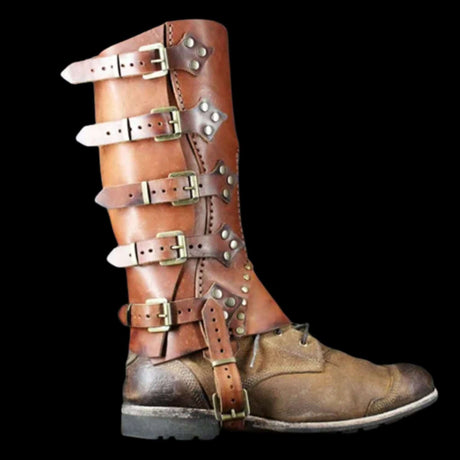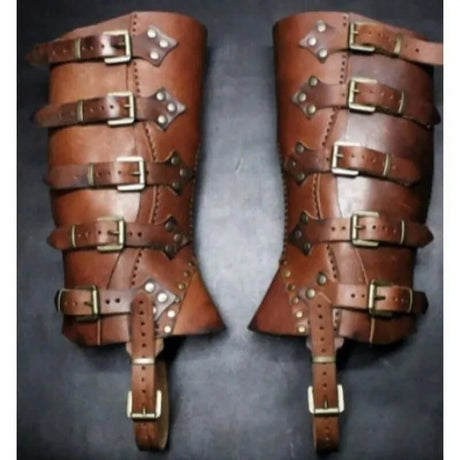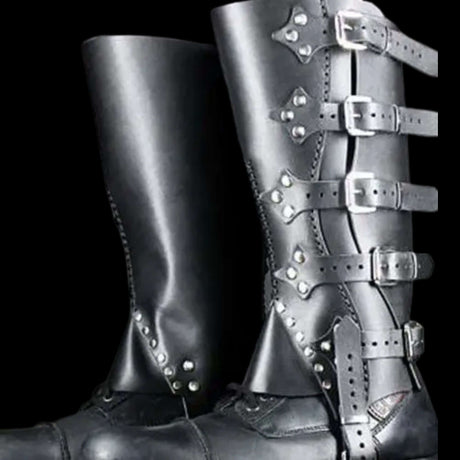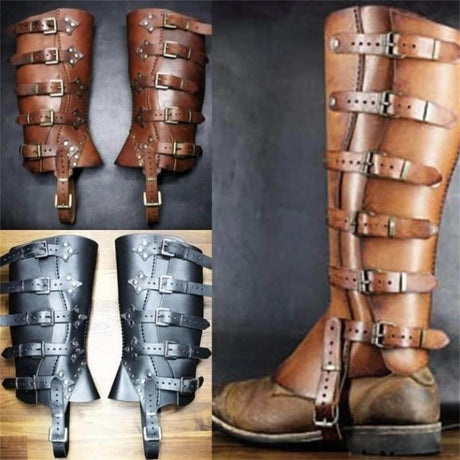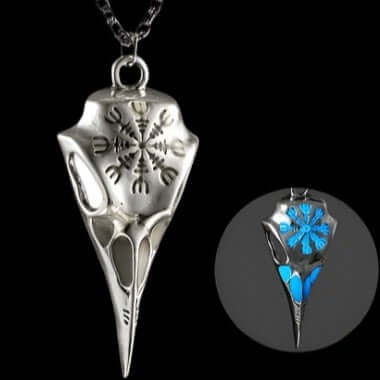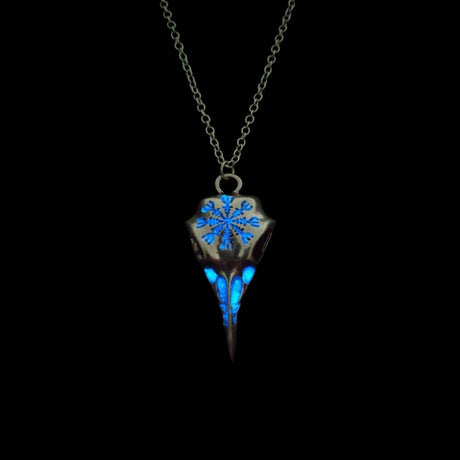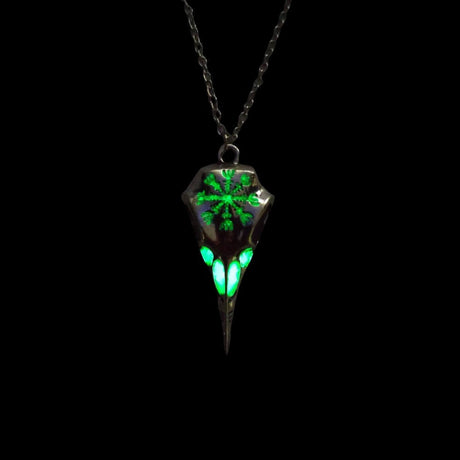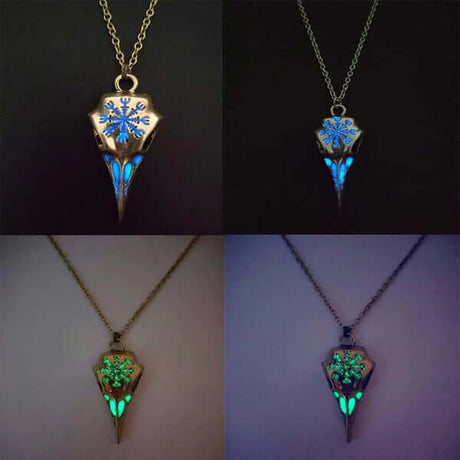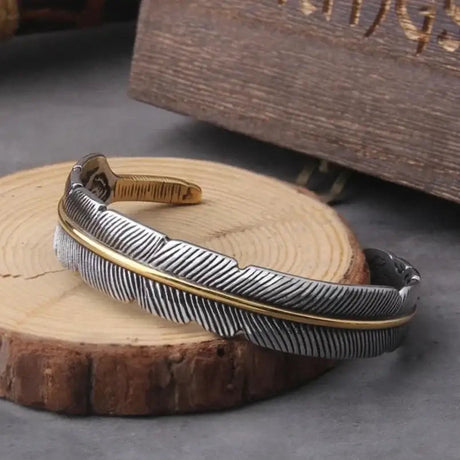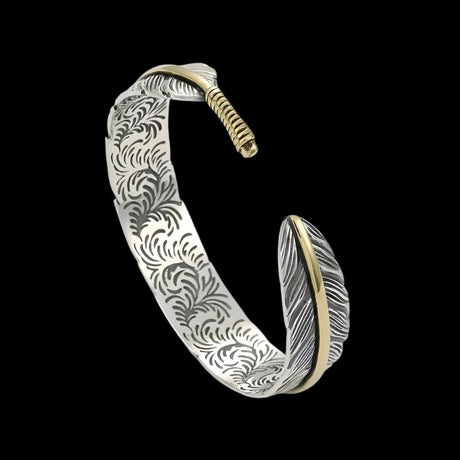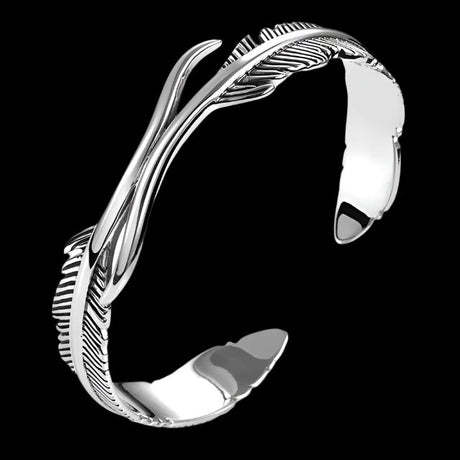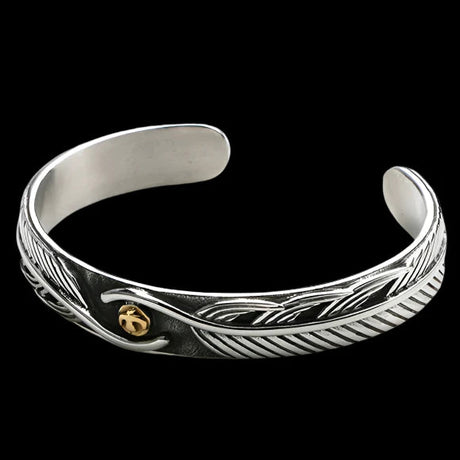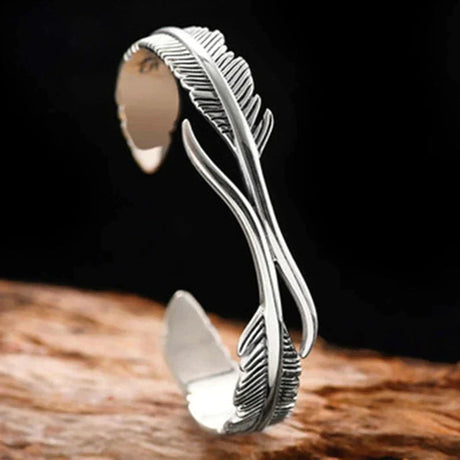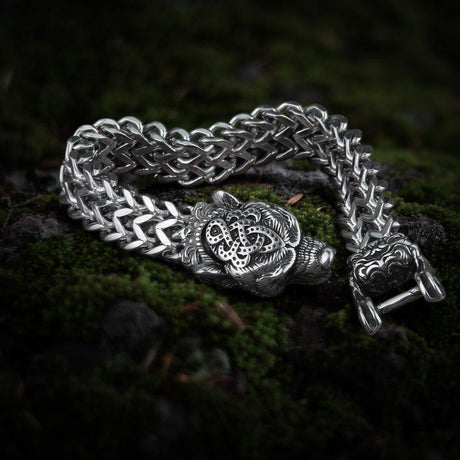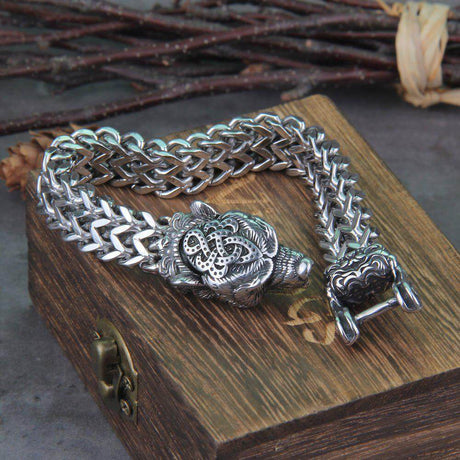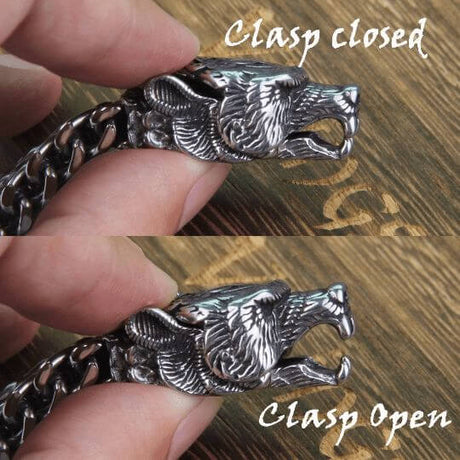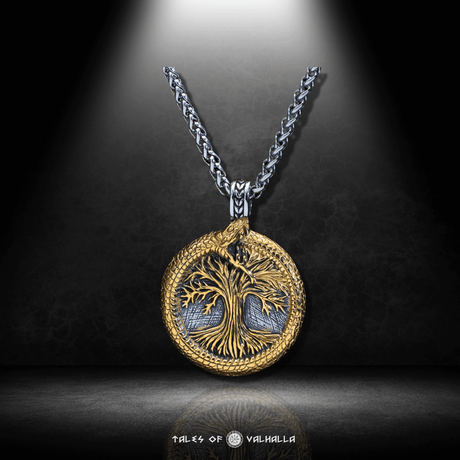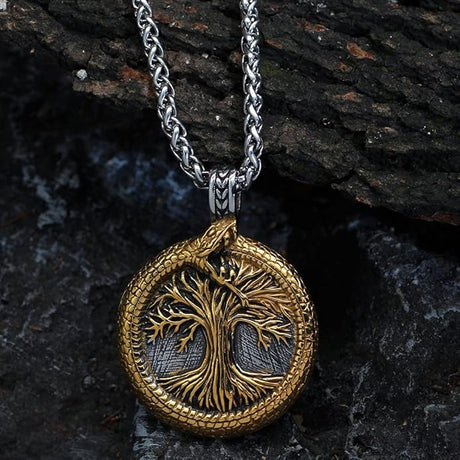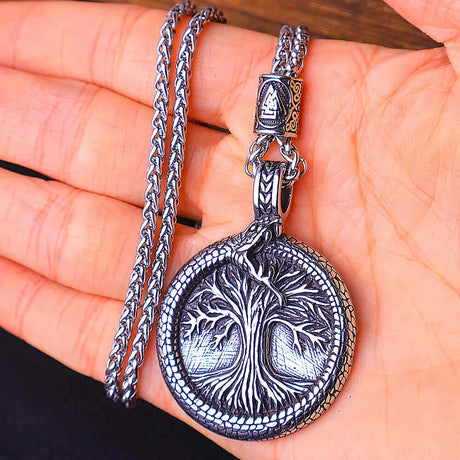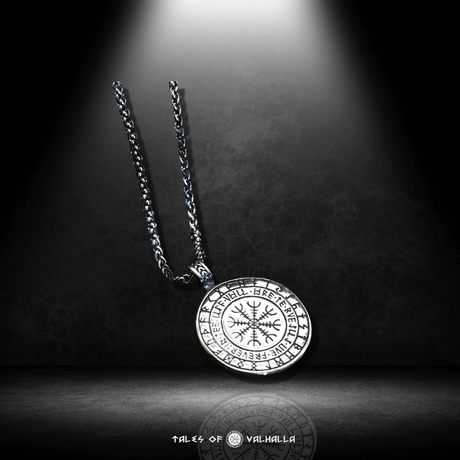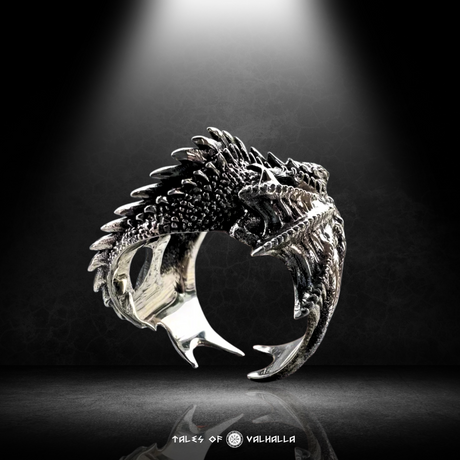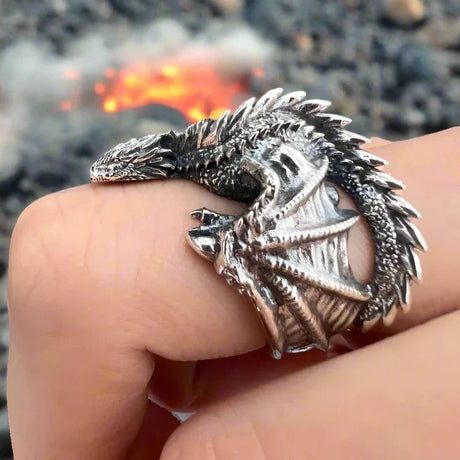The story of America's "discovery" is one we all learn in school: in 1492, Christopher Columbus sailed the ocean blue. It's a simple, powerful narrative that has shaped our understanding of history for centuries. But what if I told you that this was not the first time Europeans had set foot on the continent? What if a different group of intrepid seafarers, hailing from the icy fjords of Scandinavia, had already built a settlement here, nearly 500 years before Columbus's ships ever left Spain? This isn't a fringe theory or a fanciful myth; the presence of Vikings in North America is a scientifically proven historical fact.
For centuries, the tales of their voyages were confined to ancient Icelandic manuscripts, dismissed by many as mere folklore—epic sagas filled with heroes and imagined lands. But in the 20th century, a determined husband-and-wife team followed these ancient clues, leading them to a discovery that would fundamentally rewrite the timeline of world exploration. This is the story of how saga became science, how whispers from the past were confirmed by the archaeologist's trowel, and how we found the undeniable proof of Vikings in North America.
The Whispers of the Past: The Vinland Sagas as a Historical Blueprint
Our first clues come not from the earth, but from ink on vellum. The story of Vikings in North America was preserved for centuries in two remarkable Icelandic sagas, known collectively as the Vinland Sagas.

The Whispers of the Past: The Vinland Sagas as a Historical Blueprint
What Are the Sagas?
The Icelandic Sagas are extraordinary prose narratives written down in the 13th and 14th centuries, recounting events that took place during the Viking Age. They are a unique blend of history, genealogy, and literary artistry, passed down through a rich oral tradition for generations before being committed to writing. For a long time, historians struggled to determine how much of these dramatic tales was fact and how much was fiction.
The Saga of the Greenlanders & Erik the Red's Saga
Two sagas in particular detail the Norse voyages to lands west of Greenland: The Saga of the Greenlanders and Erik the Red's Saga. While they differ on some details—who led which expedition, the order of events—they tell a consistent and compelling story of exploration, discovery, and eventual retreat.
- An Accidental Sighting: The story begins around 986 AD with a Norse trader named Bjarni Herjólfsson. While sailing from Iceland to the newly established Norse colony in Greenland, he was blown far off course by a storm. He and his crew sighted an unknown, forested land to the west, but being a cautious man focused on his original destination, he did not go ashore. He had, entirely by accident, become the first European to lay eyes on the North American continent. The tale of his sighting ignited curiosity about the lands across the sea, setting the stage for future Vikings in North America.
- Leif Erikson's Intentional Voyage: Intrigued by Bjarni's story, Leif Erikson—son of the famous Erik the Red, the founder of the Greenland colony—bought Bjarni's ship around the year 1000 AD. A man of ambition and curiosity, Leif was determined to explore these mysterious western lands. He and his crew of 35 men set out to retrace Bjarni's route in reverse.
- Naming the New Lands: Leif and his crew made three distinct landfalls, methodically exploring and naming each one:
-
-
Helluland ("Land of Flat Stones"): The first land they encountered was a barren, rocky place covered in glaciers. This is widely believed to be Baffin Island in modern-day Canada.
-
Markland ("Land of Forests"): Sailing south, they came to a land covered in dense forests. This is thought to be the coast of Labrador, a source of vital timber that was scarce in Greenland.
-
Vinland ("Land of Wine" or "Land of Pastures"): Further south still, they discovered a lush, temperate land with rivers teeming with salmon larger than they had ever seen, abundant timber, and, most famously, wild grapes growing in such profusion that it led to the name Vinland. This was a paradise compared to the harsh, treeless landscapes of Greenland.
-
Story Vignette 1: Leif's Landfall
Imagine Leif Erikson and his weary crew after weeks on the open, icy Atlantic. They had passed the desolate land of flat stones and the endless, dark forests. Then, they found it. They guided their longship into a sheltered cove where a river met the sea. As they stepped ashore, the air was warmer, the grass was green and lush, and the scent of the land was rich and fertile. That evening, one of Leif's men, a southerner named Tyrker who had grown up around vineyards, stumbled back to camp, ecstatic, his hands full of wild grapes. He spoke with excitement of the vines he had found, a bounty unheard of in their northern homes. Leif knew then that this was a special place, a land of incredible abundance. He named it Vinland, and the first chapter of Vikings in North America had been written.
A Story of Exploration and Conflict
The sagas don't end with Leif's discovery. They go on to describe attempts at colonization, most notably by a wealthy Icelandic merchant named Thorfinn Karlsefni, who led a larger expedition with men, women, and livestock to establish a permanent settlement. However, these attempts were ultimately doomed by conflict with the native inhabitants, whom the Norse called Skrælingar (a term that likely encompassed various Indigenous groups, including the ancestors of the Beothuk or Mi'kmaq peoples).
For centuries, these vivid tales were regarded by most historians as masterful folklore, not literal history. The idea of Vikings in North America was a compelling story, but without physical, verifiable proof, it remained in the realm of legend.
The Smoking Gun: L'Anse aux Meadows and the Power of Archaeology
The search for physical proof of Vikings in North America became a passionate quest for many, but it was a Norwegian husband-and-wife team, explorer Helge Ingstad and archaeologist Anne Stine Ingstad, who finally solved the historical detective case in the 1960s.
The Search for Vinland
Convinced the sagas contained a kernel of truth, the Ingstads meticulously studied the descriptions of the voyages. They reasoned that while the bountiful "Vinland" must be further south, the Norse would have needed a gateway, a base camp for overwintering and repairing their ships. Following the saga's sailing directions from Greenland, they focused their search on the northernmost tip of Newfoundland, Canada.
The Discovery That Rewrote History
In 1960, guided by local knowledge from a fisherman in the small, remote village of L'Anse aux Meadows, the Ingstads were shown a series of overgrown, rectangular mounds near a small brook. The mounds looked strangely out of place, unlike any local structures.
Story Vignette 2: The Moment of Discovery
Anne Stine Ingstad knelt in the damp, peaty soil, carefully brushing dirt away from a small, dark object. For weeks, the excavation at L'Anse aux Meadows had been promising but inconclusive. The outlines of the sod-walled buildings were clearly not of local Indigenous design; they were distinctly Norse. But they needed something definitive, an artifact that could not be explained away. As the object emerged, her heart quickened. It was a small, bronze, ring-headed pin, of a style unmistakably Norse, identical to pins found in Viking Age graves in Norway and Iceland. It was a simple object—a fastener for a cloak—but in that moment, it was everything. It was the "smoking gun," the tangible, irrefutable link that transformed the Vinland Sagas from myth to history. It was the first concrete proof of Vikings in North America.
What They Found: Undeniable Norse Presence
The excavations at L'Anse aux Meadows, which continued for several years under Anne Stine Ingstad's direction, unearthed a wealth of evidence that conclusively proved a Norse presence. The site was not a large, permanent settlement, but a small, temporary base camp, perfectly matching the sagas' descriptions of a place used for overwintering and repairing ships before exploring further south.
The key finds included:
- Norse-style Buildings: The remains of eight sod-walled buildings, including three large longhouses, a forge, a kiln, and workshops. Their construction style was identical to that used by Vikings in Greenland and Iceland.
- An Iron Forge and Slag: The most crucial discovery was a smithy containing a forge, an anvil stone, and over a hundred pieces of iron slag. Ironworking was a technology known to the Norse but completely unknown to the Indigenous peoples of North America at that time. This was undeniable proof of a non-native, iron-using culture.
- Norse Artifacts: Besides the bronze pin, archaeologists found a soapstone spindle whorl (a weight for a spindle used for spinning wool, indicating women were present), a bone needle, boat sheds, and remnants of worked wood.
L'Anse aux Meadows was declared a UNESCO World Heritage site in 1978, officially recognizing the site of the first European presence in the Americas and confirming the historical reality of Vikings in North America.
Beyond the Site: Corroborating Scientific Evidence
In the decades since the initial discovery, new scientific techniques have added even more layers of proof, providing a level of precision the Ingstads could only have dreamed of.
Dating the Settlement with Cosmic Rays: The Exact Year of 1021 AD
For years, the exact date of the settlement was estimated to be around 1000 AD. However, a groundbreaking study published in the journal Nature in 2021 provided an astonishingly precise date.
- The Solar Storm of 993 AD: Scientists knew from historical records and tree-ring data that a massive solar storm (a cosmic ray event) hit the Earth in 993 AD, leaving a distinct spike in radioactive carbon-14 in tree rings around the world for that specific year.
- Analyzing the Wood: By analyzing wood artifacts from L'Anse aux Meadows that still had their bark and showed signs of being cut by metal tools, scientists could identify the 993 AD carbon-14 spike. By counting the rings after that spike to the edge of the wood, they could determine the exact year the trees were felled by the Vikings.
- The Result: The evidence showed the trees were cut in 1021 AD. This provided the first-ever precise, scientifically verified date for the presence of Vikings in North America.
Botanical Evidence: The Clue of the Butternuts
Further evidence supporting the sagas' claims of exploration further south comes from a humble nut.
- Butternuts in Newfoundland: Archaeologists at L'Anse aux Meadows found several butternuts (a type of walnut) in the Norse layers of the excavation.
- Geographical Mismatch: The crucial fact is that butternut trees do not grow naturally in Newfoundland. Their native range is further south, in areas like the St. Lawrence River valley and New Brunswick.
- Conclusion: This strongly suggests that the Norse at L'Anse aux Meadows used the site as a base and explored further south into regions that more closely match the description of "Vinland," gathering resources like butternuts before returning to their northern camp. This adds another layer of scientific credibility to the stories of Vikings in North America.
Genetic Clues: A Journey Back to Iceland
The evidence trail for Vikings in North America even extends back to Iceland, written in the DNA of its modern population.
- A Native American Lineage: Genetic studies of the modern Icelandic population have identified a specific mitochondrial DNA lineage (C1e) that is of Native American origin.
- Tracing the Ancestry: Researchers have traced this lineage back to four Icelandic families who all shared a common ancestor in the early 18th century. By working backward through genealogical records, they estimate that the original Native American woman who introduced this genetic line was brought to Iceland around the year 1000 AD.
- A Saga Corroborated: This aligns perfectly with the saga accounts of the Norse interacting with, and sometimes capturing, Indigenous people during their time in Vinland. It suggests at least one Native American woman was taken back across the Atlantic, leaving a permanent genetic legacy.
Red Herrings & Hoaxes: Separating Fact from Fiction
The confirmation of L'Anse aux Meadows has sometimes been used to lend credibility to other, more dubious claims of a Viking presence in the United States. It's important to separate the scientifically verified site from the hoaxes and misinterpretations.
- The Kensington Runestone: Discovered in Minnesota in 1898, this stone slab is covered in runes and purports to be a record left by Norse explorers in 1362. However, the overwhelming consensus among runologists and historians is that the stone is a 19th-century hoax. The language, grammar, and style of the runes are inconsistent with medieval Swedish.
- The Newport Tower: A stone tower in Newport, Rhode Island, that some have claimed is of Viking construction. However, archaeological and historical evidence points to it being the remains of a 17th-century windmill built by an early colonial governor.
- The Importance of Scientific Rigor: These and other claims lack the rigorous, verifiable, and multi-faceted evidence that makes L'Anse aux Meadows so significant. The story of Vikings in North America is a historical fact, but it is a fact grounded in the evidence from Newfoundland, not from unsubstantiated finds elsewhere.
Why Didn't They Stay? The Fleeting Presence of Vikings in North America
If the Vikings "discovered" America almost 500 years before Columbus, why didn't they establish a lasting presence? The sagas and archaeological evidence suggest several key reasons.

Why Didn't They Stay? The Fleeting Presence of Vikings in North America
Conflict with Indigenous Peoples (Skrælingar)
The Vinland Sagas are explicit about the hostile encounters between the Norse and the Indigenous peoples they called Skrælingar.
- Outnumbered and Isolated: The Vikings were a small group, thousands of miles from any significant reinforcement. They were vastly outnumbered by the native populations who had lived on the continent for millennia.
- Technological Parity (in some respects): While the Norse had iron weapons, Indigenous peoples were highly effective with their own weapons (like the bow and arrow) and had a profound knowledge of the local terrain.
- A Losing Proposition: The constant threat of attack made long-term settlement untenable.
The Tyranny of Distance
The journey from Scandinavia to North America was long, perilous, and stretched their logistical capabilities to the breaking point.
- A Long Supply Chain: The route went from Norway to Iceland, to Greenland, and finally to Vinland. This was a fragile lifeline across a dangerous ocean.
- A Fragile Lifeline: The Greenland Colony: The Norse colony in Greenland, their primary launching point for North America, was itself a struggling outpost on the edge of the habitable world. It could not provide the necessary support, resources, or reinforcements for a new colony even further west. When the Greenland colony eventually failed (due to factors like climate change), any hope of further westward expansion died with it. The story of Vikings in North America is intrinsically linked to the fate of the Greenland settlement.
Lack of a Driving Imperative
Unlike the later European colonization of the Americas, the Viking voyages were not driven by the same powerful economic or political forces.
- No Royal Mandate: These were largely private ventures led by individual chieftains and families, not state-sponsored expeditions with the full backing of a powerful crown.
- No "Get Rich Quick" Scheme: While they found valuable resources like timber and grapes, they did not find the vast gold and silver hoards that would later drive Spanish colonization. The economic incentive was not strong enough to justify the immense risks and hardships.
The Legacy: Rewriting the Timeline of Discovery
The confirmed presence of Vikings in North America has fundamentally reshaped our understanding of history.
| Type of Evidence | Specific Example(s) | Significance |
| Literary | The Saga of the Greenlanders & Erik the Red's Saga | Provided the initial narrative and geographical clues for the voyages to Vinland, guiding modern archaeologists. |
| Archaeological | L'Anse aux Meadows site: Norse-style longhouses, iron forge/slag, bronze pin, spindle whorl. | The "smoking gun." The first and only confirmed physical proof of a Norse settlement in North America, validating the sagas. |
| Dendrochronological | Analysis of wood from L'Anse aux Meadows showing a cosmic ray event. | Provided a precise felling date of 1021 AD, confirming the exact timing of the Viking presence. |
| Botanical | Butternuts found at L'Anse aux Meadows (a species not native to Newfoundland). | Proves the Vikings explored further south into areas matching the description of Vinland, as told in the sagas. |
| Genetic | Traces of a Native American DNA lineage found in the modern Icelandic population. | Suggests a Native American woman was brought back to Iceland around 1000 AD, corroborating saga accounts of contact. |
This table summarizes the powerful, multi-layered evidence that has moved the story of Vikings in North America from the realm of myth to the pages of history books. It demonstrates how different scientific disciplines can converge to confirm a historical truth.
Conclusion: A Footnote That Rewrote History
The story of the Vikings in North America is a remarkable saga of human courage, maritime skill, and the practical limits of expansion. For centuries, it was a tale preserved only in the whispers of Icelandic sagas, a story of daring voyages fueled by dreams of glory and tales of Valhalla, yet dismissed by many as mere fantasy. But thanks to the tireless work of archaeologists and the power of modern science, we now know the truth. Nearly five centuries before Columbus, Norse longships beached on the shores of a new world.
Their presence was fleeting, a brief and ultimately unsuccessful attempt to plant a European settlement in a land that was already home to vibrant Indigenous cultures. But their journey across the Atlantic stands as one of the greatest navigational achievements in human history. The undeniable proof of Vikings in North America at L'Anse aux Meadows is more than just a historical curiosity; it's a testament to the adventurous spirit of the Norse people and a powerful reminder that history is always waiting to be rediscovered, sometimes in the most unexpected of places.
4 FAQs
-
Q: Is there actual, undeniable proof of Vikings in North America before Columbus? A: Yes, it is a confirmed historical and scientific fact. While the Icelandic Vinland Sagas told the story for centuries, the definitive proof is the archaeological site of L'Anse aux Meadows in Newfoundland, Canada, which was confirmed in the 1960s and is now a UNESCO World Heritage site.
-
Q: What is the most important evidence for the Viking presence in North America? A: The most crucial evidence comes from the L'Anse aux Meadows site. Key discoveries include the remains of Norse-style sod longhouses, an iron forge with slag (ironworking was a technology unknown to local Indigenous peoples at the time), and distinctly Norse artifacts like a bronze ring-headed pin and a soapstone spindle whorl used for spinning wool.
-
Q: How do we know exactly when Vikings were at L'Anse aux Meadows? A: A groundbreaking 2021 study provided an exact date. By analyzing wood artifacts from the site for a known cosmic ray event (a solar storm) that left a carbon-14 spike in tree rings in 993 AD, scientists counted the rings to the edge of the wood and determined the trees were felled by Vikings in North America in the year 1021 AD.
-
Q: If Vikings made it to North America first, why didn't they establish a permanent colony? A: Several factors led to the failure of their settlement. The most significant were hostile conflicts with the numerous and well-adapted native Indigenous populations (whom the Norse called Skrælingar), the immense distance and perilous journey back to their nearest support base in Greenland, and a lack of a strong, centralized economic or political motivation to sustain such a difficult and dangerous colony.

